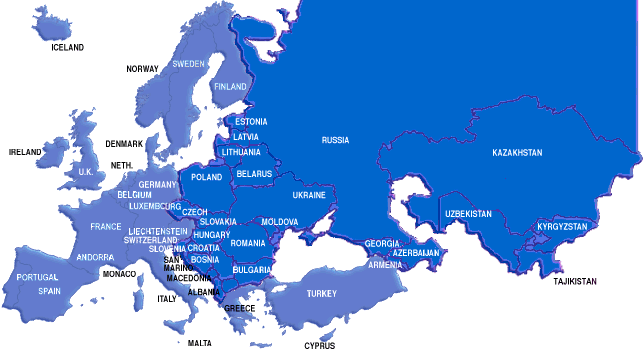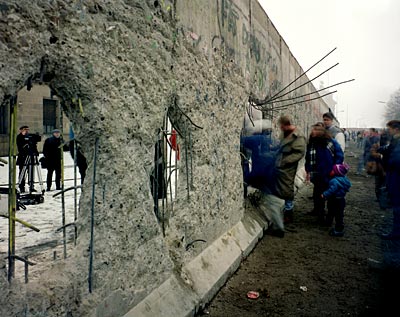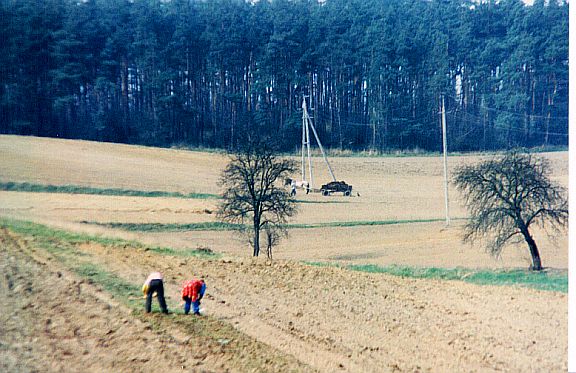
People and Politics Worldwide
Slavic
raising
many questions about
political development
unprecedented in terms of rate of
change and complexity of change
SCOPE of change
415 MILLION PEOPLE AFFECTED

C. New
Geography, New Terms
Former USSR:
The Russian Federation plus
Europe:
The Baltics (Estonia, Latvia, Lithuania)
Ukraine
Belorus
The Caucasus:
Moldova
Georgia
Azerbaijan
Armenia
The Eurasian Republics:
Kazakhstan, Kyrgyzstan, Turkmenistan, Tajikistan,
Former Warsaw Pact Countries
Poland
Hungary
Czech Republic
Slovak Republic
Romania
Bulgaria
Czechoslovakia becomes Czech Republic and Slovak Republic
Becomes Slovenia, Croatia, The Republics of Serbia and Montenegro,
UN protectorates in Bosnia-Herzegovina and Kosovo
D. Transition from what to what?

II.
Slavic European Economic and Political Development
1.
empires last
longer – 1914 or longer
slower to develop nation-state
2. feudalism
serfdom – define key
elements
lasts only until
14th C in West
Serfdom lasts much longer in the East
b. In Marxist theory
c. In Eastern Europe
1917-1989/91
"Marxist-Leninism"
d. Leninism - political structures
e. Stalinism - forced industrialization
state terror
2. WhyCommunism?
Development Gap with West
C. Was Communism
successful in closing the development gap with the West?
1. What evidence
does Magstadt give that there
is a development gap between
2. See
data at beginning of
Slavic Europe: Institutions and Policies
chapter
(GNP per
capita, GNP
per capital growth, inflation,
unemployment; Tables 6.1, 6.2, 6.5, 6.11)

3. Finally, think in terms
of POLITICAL DEVELOPMENT
Is there also a